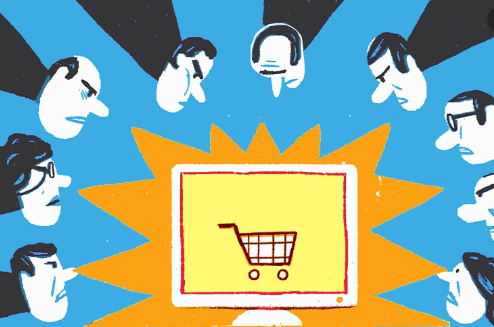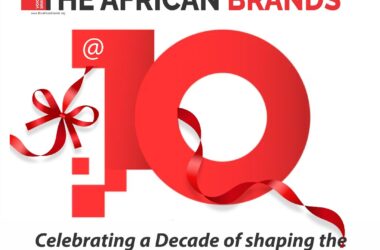All over the world, the issue of brand packaging is not new to brand handlers. On its face value, packaging is a deliberate investment in product presentation, preservation, display and differentiation. For cost accounting, the interest stretches from its implication on basic cost to the total project cost outlay, through its implication on sales and distribution pricing, to projected return on the entire investment. That means, whereas the packaging design and production team would concern with the basic considerations at that level, the accounting team will distill from such input, the appropriate and acceptable cost based on other investment cost components, even including rates and taxes, such that the final total cost of production, within the context of laid out budget, packaging cost will remain considerable.
Checks by Consumers’ Assembly reveals that, packaging is so important to brand success, that its cost implication is a later-day consideration, only after the principal objective of value preservation, brand presentation, brand differentiation, brand positioning, competitive (shelf) presence and appeal, have been considered. However, pricing is a critical component of brand development with implication on all aspects of the process from the very beginning. It is both rational and emotional in function. Brand management is careful in defining a given brand’s personality and profiling its positioning statement by its pack design. So much consideration is given to its target market perception, and promise.
As trade and marketing tool, packaging is instrumental in tactical brand support activities, among which is sales promotion, consumer loyalty reward, trade reward campaign and in fact, brand repositioning. It is part of the intricacies a few of the carbonated drink brands are engaged in presently. Whereas the evident marketing challenge is depleted consumer purchase power for which, if you ask me, brands should seek ways of helping out with (creative and strategic), they are reacting interestingly differently in ways largely insensitive to the consumer’s plight (my opinion). But clearly, one of the competing brands is being unrealistic; presently it is egoistic in manipulating its packaging and pricing, inadvertently aiding competing brands’ market performance.
I need to mention at this point that, the considerations for, and importance of brand packaging is same for tangible and intangible offerings. Whereas one is defined physically the other is defined by feel and perception. So, whether you are considering the value of packaging it terms of TV program, travel and tours, mortgage financing, food & drinks, body-care product range, etc., packaging is important to one and all, equally.
To the sales team, same cost input propels different set of considerations, including how it affects retail costs verses competing brands in the market. The primary concern here is how to deliver on projected sales volume, working price as a competitive element. If sales price (whether wholesale or retail) is antithetic, actualizing target sales figures would be an uphill task.
There is a huge deception in brand packaging and pricing as a profit maximization tool among ‘unfriendly’ brands. A characteristic of our local commercial environment largely made up of barely literate and the illiterate, purchase decisions are constrained by information gap and purchase ability. The ‘pyramid’s bottom is wallowing in lack of information so much so, that critical consideration of pack sizes in relation to retail price is not given consideration in the purchase decision-making process.
So, the ‘penny packs’ helps brands’ profitability much more than the standard pack sizes because as it is, the concept of higher unit price at the lowest pack size range is overstretched at consumers’ disadvantage. Especially with packaged products in fast-moving consumer goods segment, pack sizes are in some cases, deliberately manipulated to create the wrong impression of affordability, leading to higher unit cost to the unsuspecting consumer versus the higher range of pack sizes.”
The lesson is for consumers to take the trouble of paying attention to pack (gram) sizes and compare same in relation to higher gram packs, and with competitive offerings before concluding buying decision-making process. A lot is hidden in product packaging to compromise consumer’s interest; price manipulation is easier with smaller packages because it is a mass-market bracket defined by low cash outlay. Our position is that such manipulation is unfair and unnecessary, and that consumers must protect themselves against such compromises. Some brands are egoistic in their retail price policies, engaging same as expression of their strength as market leaders, not minding consumers’ interest.”
As a safety measure, consumers at that target range should seek the competitive alternative that still play by the rules of fair engagement. Packaging is a war tool in the hands of self-centered brands; consumers must be prepared to protect themselves.









